UNESCO in Venezuela has several World Heritage Sites that showcase its diverse natural and cultural heritage. Please note that new sites may have been added or changes may have occurred since then. Here is a comprehensive list of UNESCO World Heritage Sites in Venezuela, along with brief explanations of their significance:
Canaima National Park (1994)
Canaima National Park, located in the Gran Sabana region, is one of the largest national parks in the world. It is recognized for its unique and stunning landscapes, including the iconic tabletop mountains known as tepuis. The park is home to a variety of ecosystems, waterfalls, and the indigenous Pemon people.
Coro and its Port (1993)
The city of Coro, founded in 1527, is recognized for its well-preserved colonial architecture and urban layout. The port of La Vela, associated with Coro, played a significant role in trade during the Spanish colonial period. The site reflects a fusion of European, African, and indigenous influences.
University City of Caracas (2000)
The University City of Caracas is an architectural ensemble designed by Carlos Raúl Villanueva. It represents the modernist movement and the integration of art, architecture, and urban planning. The university campus includes murals, sculptures, and functionalist buildings.
Ciudad Universitaria de Caracas (2000)
Ciudad Universitaria de Caracas is a modernist architectural complex within the University City of Caracas. It reflects the principles of the Modern Movement in architecture and the vision of architect Carlos Raúl Villanueva.
Añañuca de Paria Peninsula (2000)
The Añañuca de Paria Peninsula is recognized for its cultural and natural significance. It features pre-Columbian archaeological sites, including petroglyphs and ceramics, providing insights into the ancient cultures of the region.
Archipelago of Los Roques (2001)
Los Roques Archipelago is a national park consisting of over 300 islands and cays. The site is recognized for its pristine coral reefs, diverse marine life, and as a crucial habitat for seabirds.
Médanos de Coro National Park (1993)
Médanos de Coro National Park features extensive sand dunes along the Caribbean coast. The park is known for its unique landscapes shaped by wind and is home to diverse flora and fauna adapted to the desert environment.
Qhapaq Ñan, Andean Road System (2014)
Similar to the Qhapaq Ñan in Peru, the Andean Road System in Venezuela represents a network of ancient roads that played a crucial role in the Inca Empire. The system facilitated communication, trade, and cultural exchange.
Conclusion:
Venezuela’s UNESCO World Heritage Sites showcase the country’s diverse landscapes, from the tabletop mountains of Canaima National Park to the colonial architecture of Coro and the modernist design of the University City of Caracas. These sites contribute to the global understanding of cultural, historical, and natural heritage. UNESCO recognition emphasizes the importance of preserving these areas and promoting sustainable practices to safeguard Venezuela’s unique treasures for future generations.


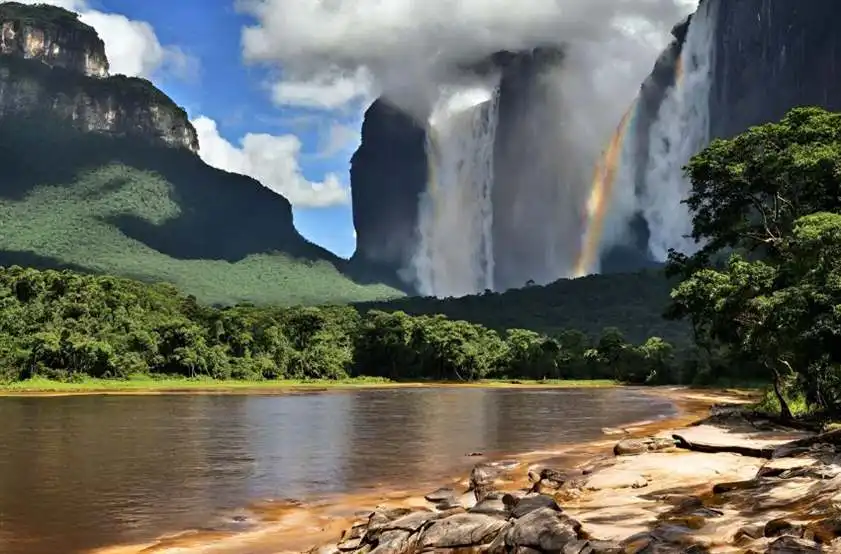
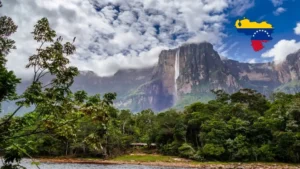





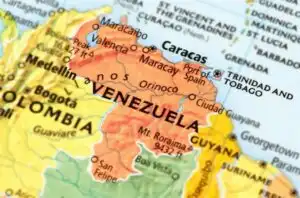

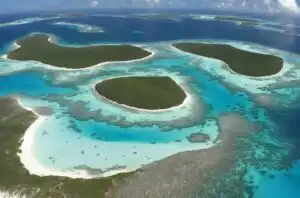

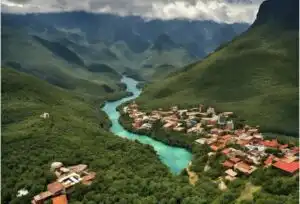








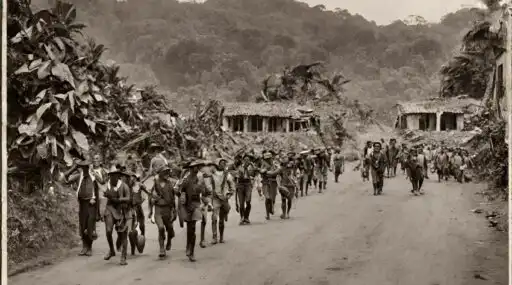



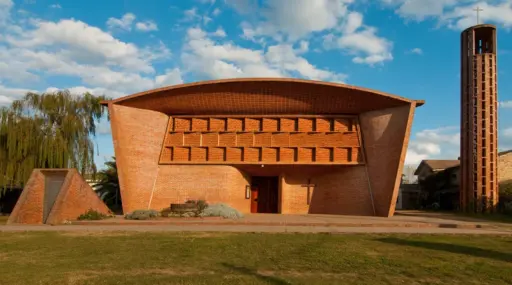



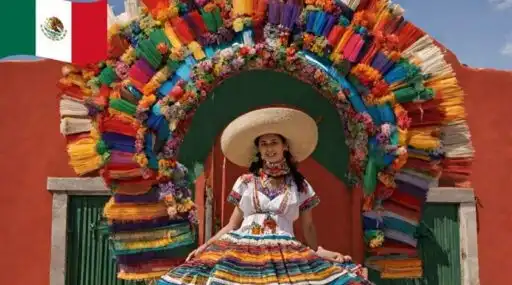

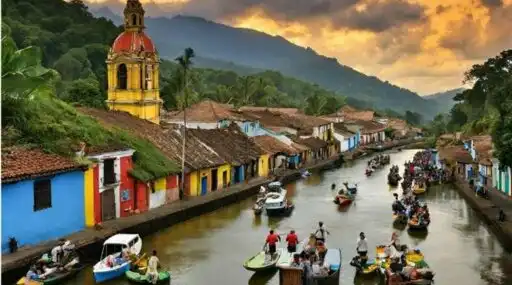











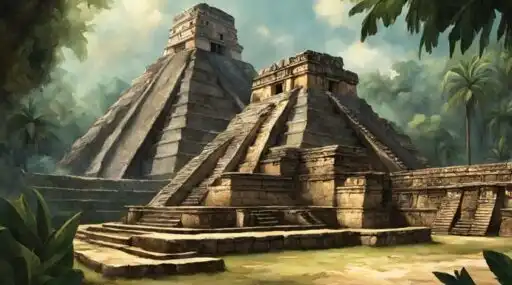


Leave a Reply